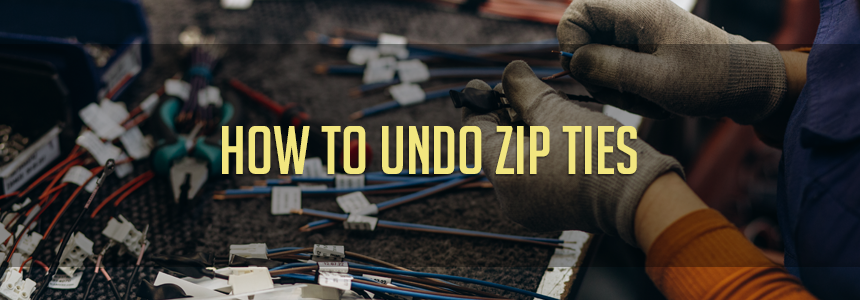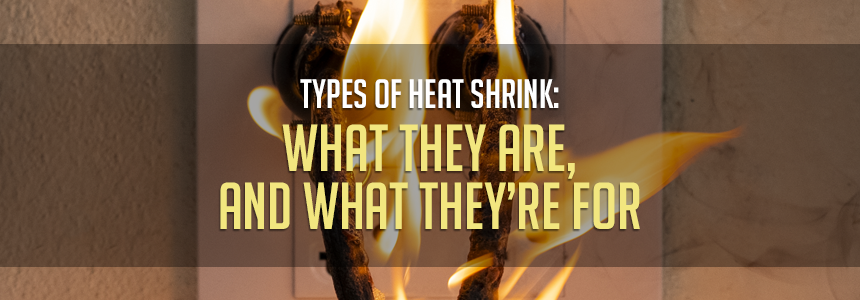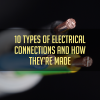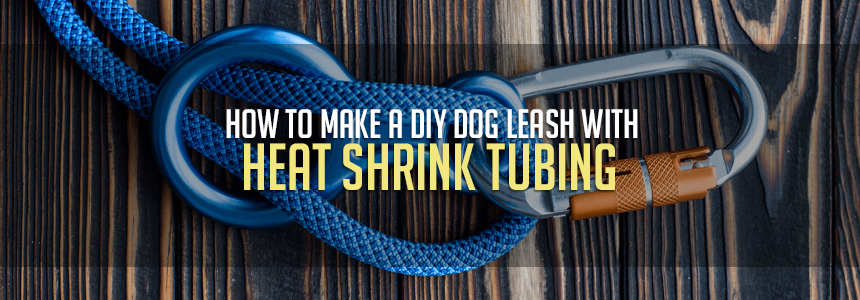How To Fix Broken Vehicle Wires Now: A Step-by-Step Guide
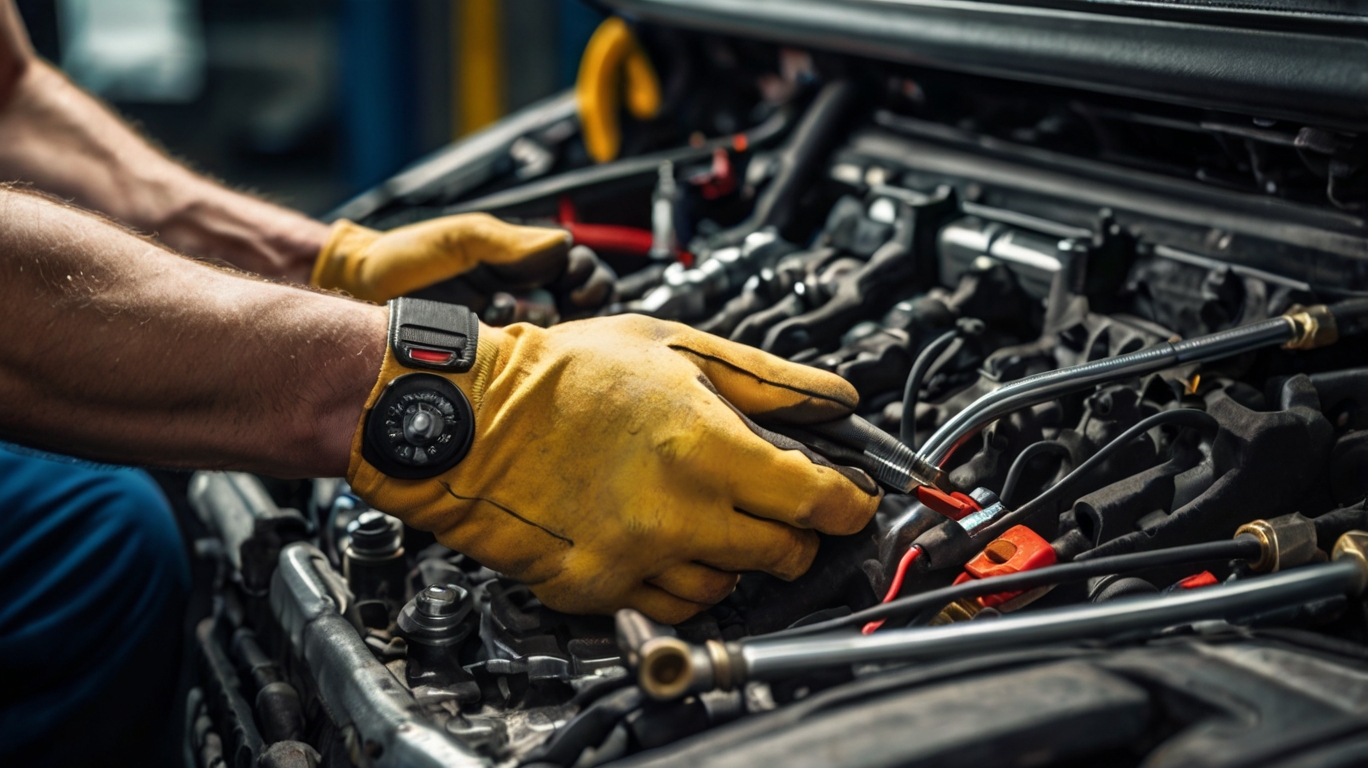
How To Fix Broken Vehicle Wires Now: A Step-by-Step Guide
Did you know that most modern vehicles contain over a mile’s worth of wiring?
That’s 1,500-2,000 wires, more than 500 chips, plus at least 100 sensors. The more power, security, and safety features you have, the more wires there will be.
With electrical engineering advancements always underway, we now have adaptive cruise control, parking and lane assist, electric vehicles, blind spot monitoring, touchscreen displays, and in-car wifi, proving once and for all that wiring designs truly are the crux of every vehicle.
It doesn’t matter what you drive or where; your vehicle’s wiring is what gets you there.
Understanding Automotive Electrical Wiring
The electrical system in your vehicle is like a carefully orchestrated symphony. Each wire plays a unique role. Power wires transport energy from the battery to important parts, like the starter motor, headlights, wipers, and radio. Signal wires work with sensors like fuel or temperature gauges. They relay messages and updates between sensors and the car’s computer. They help make real-time adjustments. Ground wires complete the circuit. They provide a stable return path for electricity to the battery to keep your car running safely.
Broken, damaged wires cause your vehicle to lose engine controls, brakes, lights, audio, communication, and its ability to drive safely, or at all. But vehicles are meant to be driven, so we need to take care of them. They need regular maintenance and, most importantly, strong wire connections–not just for comfort and entertainment, but for performance and longevity.
Common Wiring Problems & How They Impact Your Vehicle
Vehicle wiring is built to last, but it faces daily wear and tear. Moisture, dirt, oil, and fuel easily sneak into sensitive areas. These liquids and solvents make wire casings soften and swell. Over time, the insulation can degrade and leave wires exposed and open to corrosion and danger.
Relentless vibrations and bumpy roads also wear out your vehicle's electrical connections. The constant movement and jostling of driving (and potholes!) are quick to loosen and dislodge wire connections.
Engine bays, weather, and the cycle of parking and driving put extra strain on car wiring. Wire casings can melt or crack, leaving them with weak, patchy insulation and vulnerable to moisture intrusion. All these elemental and environmental problems are fast paths to electrical shorts or system failure.
For automotive wiring, resilience is critical. Wires need proper insulation and secure connections to keep your car running dependably. Your factory wiring and vehicle wiring harness have to be ready for stress, vibration, heat, and exposure. Automation features and aftermarket upgrades like high-performance audio systems, ambient lighting, heated seats, and advanced navigation all need reliable wiring to work.
Today’s vehicles pack more technology than ever. Strong, respectable electrical connections start every perfect ride, but faulty, broken wiring doesn’t have to end it.
Pro-Tool Choices
Fixing broken wires in a vehicle can be a job for professionals. But anyone can tackle electrical repairs with confidence. You'll need a little patience, practical safety guidance , and the right tools. Using high-quality tools is the easiest way to simplify repairing and reconnecting wires.
At BuyHeatShrink.com, we have practical safety guidance professional-grade automotive tools to help keep your car running and your wiring secure.
Here’s what you'll need to make durable, reliable wire repairs on your vehicle:
- Ratchet Crimpers: to make consistent crimp closures on 8-22 AWG butt connectors for fast, effective connections every time.
- Butt Splice Connectors : to splice and connect broken vehicle wires back together for strong, secure repairs that last for years.
- Heat Shrink Tubing: to surround wires with an extra layer (or two) of protection from vibrations, heat, and hazards.
- A Heat Gun to apply precise, localized heat in tight spaces, for quick, efficient shrinks and seals.
With precision-engineered tools in your hand and top-of-the-line electrical connectors, BuyHeatShrink.com is with you every step of the way.
Step-by-Step Guide To Fixing Broken Wires:
Step 1: Identify The Problem Area
If you notice dashboard warning lights , weak engine performance, buzzing, flickering, or system malfunctions in your vehicle or aftermarket installations, you likely have a broken wire or bad wiring connection to blame. This is where you’ll start.
Perform a visual inspection. You’re looking for frayed, rusty, broken wires, worn, melted insulation, or loose connections. If you can’t find the problem right away, use a multimeter to test for disrupted electrical flow or voltage drops.
Now’s a great time to grab all your pro-tool choices so they’re handy for the next steps.
Step 2: Disconnect Power
This is the most important step for safe repairs!
Disconnect the vehicle’s battery before you start working on any wires. Remove the negative battery terminal to cut power to your system. This ensures no current flows through the wires while you’re working on them and prevents accidental shorts or shocks when you’re handling exposed wires.
Step 3: Prepare Wires
Once your vehicle is safely disconnected from a power source and you know which wires need fixing, you can start preparing for your repairs. You will prep your wires in this step and crimp them in the next step.
Warped or melted wire insulation will need to be removed for access. Damaged, rusty wires will have to be cut away for clean ends. Grab a pair of precision wire cutters to trim your wire lengths properly. These will give you neat, accurate ends, ensuring a secure repair.
Strip about ½ inch of insulation from the wire ends so the exposed metal is visible, clean, and smooth. This ensures your repaired wires will make and maintain superior connections, giving you the best electrical flow in the future.
Step 4: Make Connections
This step is where the magic happens. You’ve got everything prepared. Now it’s time to make sure your splices are solid, crimps are secure, and wires stay firmly in place so every repair becomes a reliable, indestructible electrical connection.
Heat shrink butt splice connectors are your go-to tool for fixing broken automotive wiring. They’re irradiated for extra strength against temperature fluctuations, high stress, and high vibrations. They’re thermally stabilized to resist degrading in high-temperature environments. Plus, these professional-grade crimp splices are available from 8-26AWG .
Inside butt splice connectors there is a lining of polyamide adhesive sealant. The outside of each is tough but flexible heat shrink tubing. Butt splices like these lock onto wire ends to maintain a smooth flow of electricity. They also prevent disconnections, overheating, rust, and water ingress.
You can’t go wrong with these, and neither will your vehicle’s wiring. Their compact size makes for fast, seamless installations in small places, and they last for years. Here’s how to use butt connectors to fix broken wires in a vehicle:
- Choose a connector to match the wire gauge you’re working with.
- Push the end of each wire fully into your selected butt connector so they touch the metal sleeve inside and there’s no exposed copper left outside.
- Open your butt ratchet crimpers and line up your connector to the matching crimping slot for your wire size.
- Squeeze the handles of your ratcheting crimper firmly closed until the mechanism locks into place.
- “Tug Test” each wire. If there’s any budge or wiggle, recrimp for a tighter bond.
- Apply heat evenly from 4 inches away with a heat gun to melt and bond the internal sealant onto your wire connections.
Step 5: Protect Your Repairs
With your wires firmly gripped, crimped, and sealed (step 4!) inside those dual wall butt connectors, they’re not going anywhere.
Now they’re insulated and durable. They can withstand heat, cold, water, weather, oil, and fuel. They’re safe passages for electricity and steady paths for signals. The wires you just repaired will help stop shorts and system failures. But a little extra protection is always the best bet.
The fastest, easiest way to protect your newly repaired connections is by covering them with a little heat shrink tubing. Adding a piece of heat shrink will help prevent any future wear and tear. It creates an airtight, water-resistant, weatherproof layer of insulation and sealing.
Make sure to slide the heat shrink on to one end of the wire before pushing it into your butt connector. After you crimp and seal your butt splice crimp connector, slide the tubing back over your fresh connection. Then apply even, rotated heat to the tubing, too.
This additional defense blocks moisture, absorbs vibrations, reduces strain, stress, cuts, and thwarts environmental damage. It stops your repairs from ever coming loose, breaking apart, or wearing down. Together, heat shrink and butt connectors will keep the electrical system in your car, and all your hard DIY work, preserved and performing perfectly.
Pro-Tip Corner:
- For quicker automotive fixes on the fly and temporary holding while you’re working on your repairs, use electrical tape to secure, seal, and insulate. Just remember–it’s not a permanent fix!
- No twisting needed in Step 3! According to the NEC (National Electrical Code), pre-twisting wire strands is not recommended for use in crimp connectors.
- Upgrade to solder sleeve connectors in Step 4 to make the most resilient, strongest set connections possible using only a heat gun.
- Looking for extreme waterproofing and impenetrable connections? Opt for dual wall adhesive lined heat shrink tubing in Step 5.
- Prefer a polished final look? Cover those repaired wires with braided sleeving. From sleek, fireproof stainless steel to brightly colored PET, wire identification and safe routing have never been easier (or looked better).
- Streamline repairs by always having the right size and shape of electrical connectors on hand in a versatile, convenient, easy-to-see, easy-to-store kit.
Small Fixes, Big Impact
The wiring in today’s vehicles is more advanced than ever. But no amount of innovation can replace a solid electrical connection. From daily commutes to cross-country trips, vehicle wiring is what keeps power flowing, safety features functioning, and your vehicle operating at its best.
Electrical wear and wiring breakdowns are inevitable, but they don’t have to stop you in your tracks. With the right tools, strong crimps, secure connections, proper insulation, and smart reinforcement, you can keep every drive as uninterrupted and enjoyable as possible.
Your car is built for the road; make sure your wiring is, too. Stay ahead of electrical failure and wire your car with the care it deserves–because a well-wired car means a worry-free road ahead.
Wiring repairs don’t have to be complicated! Follow these steps and visit BuyHeatShrink.com today to keep your vehicle wired and running like new.





